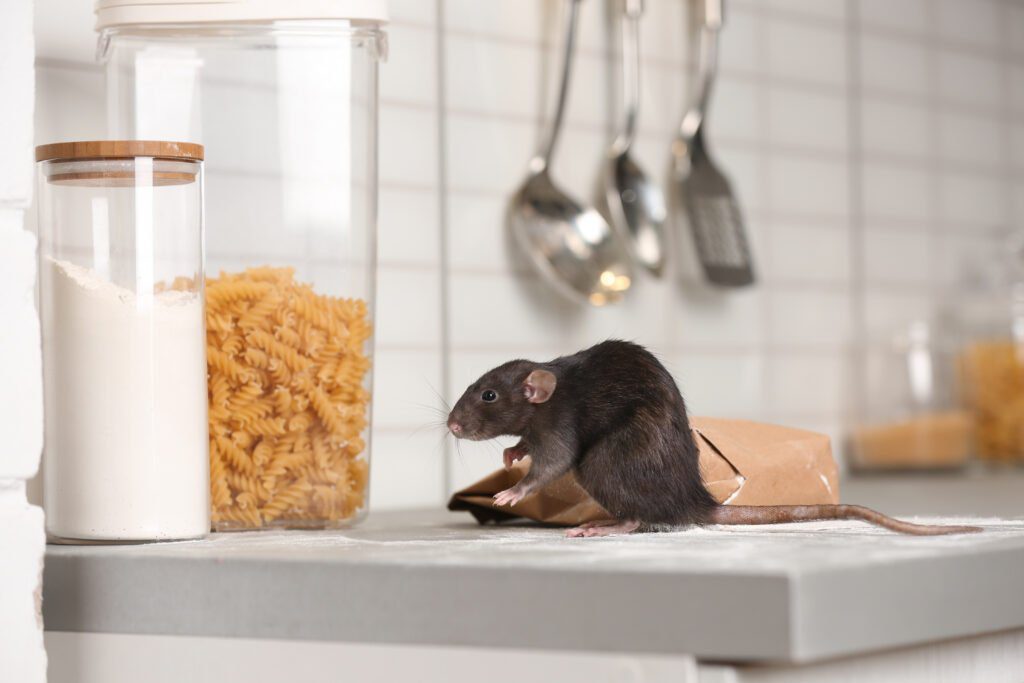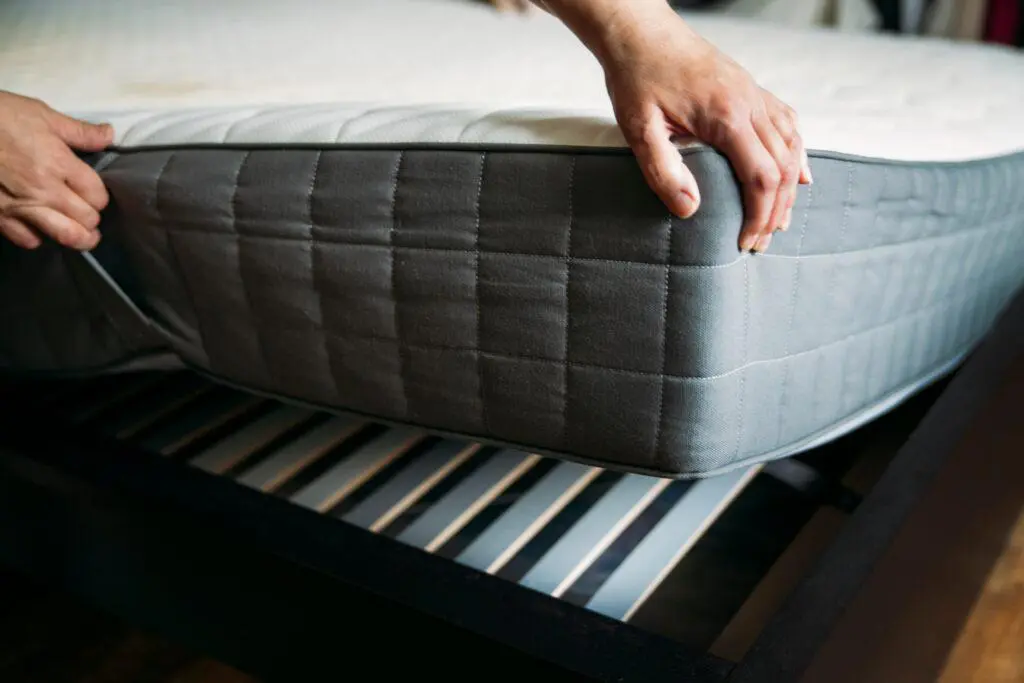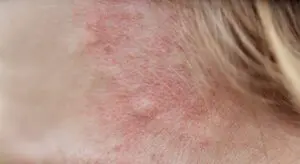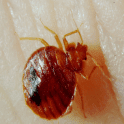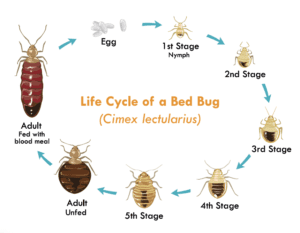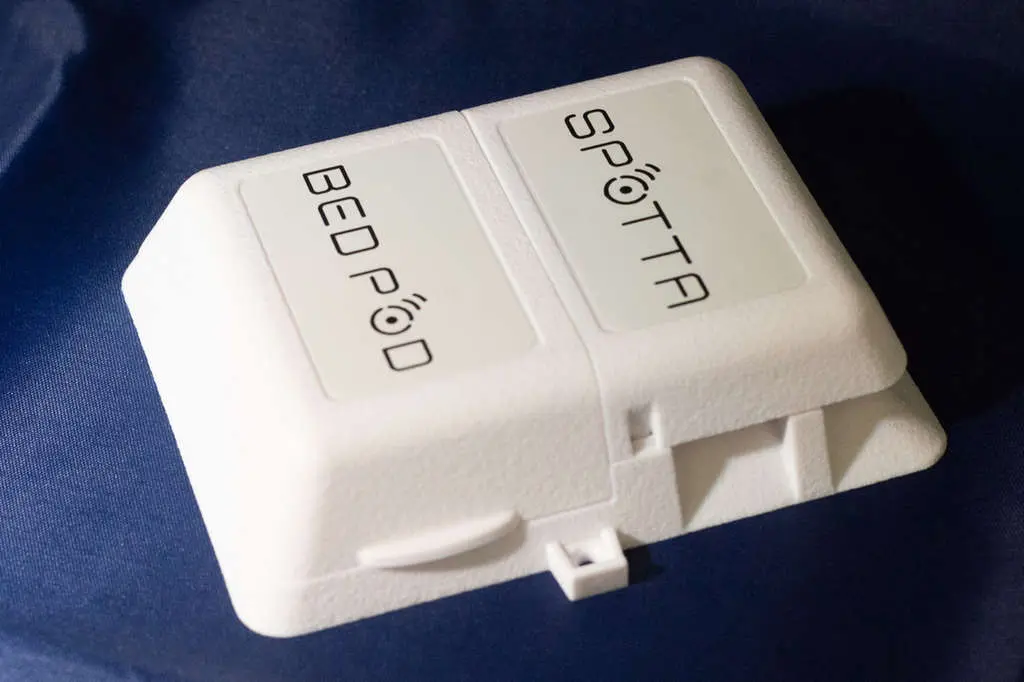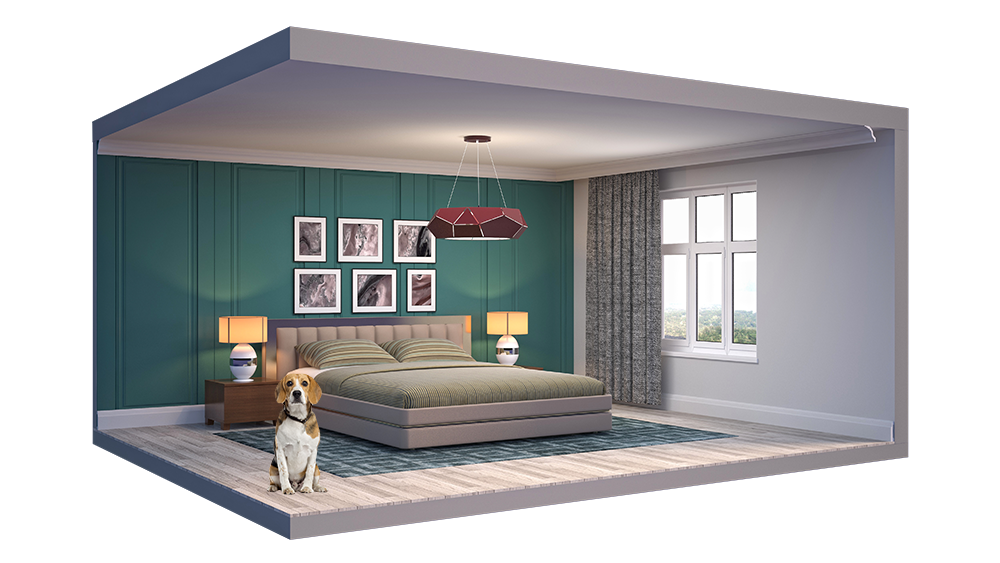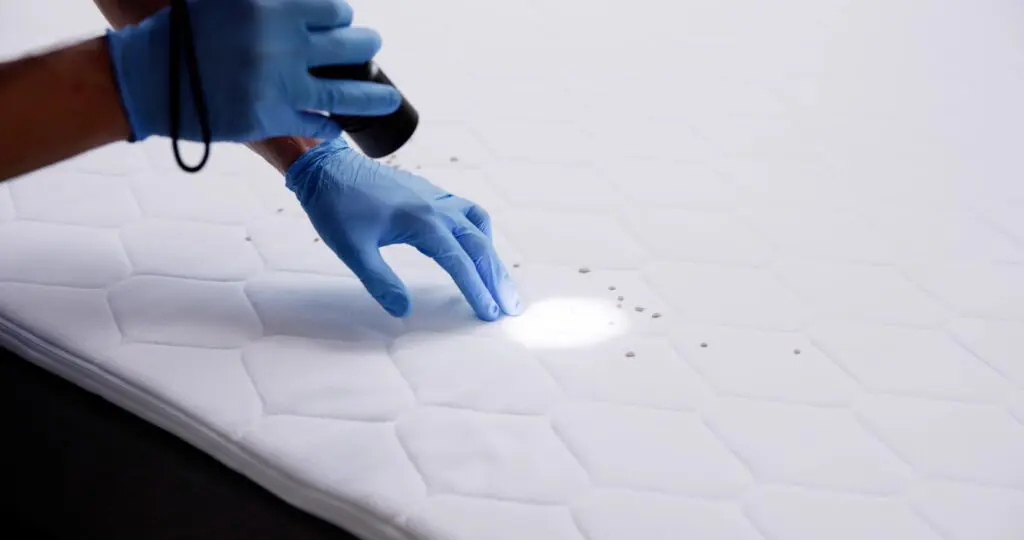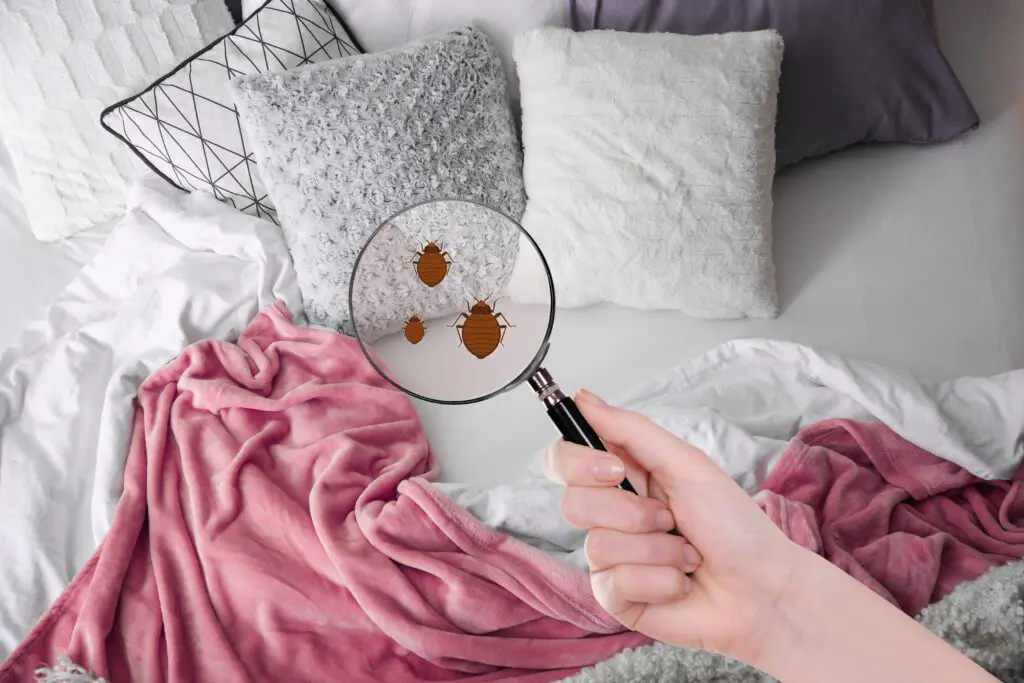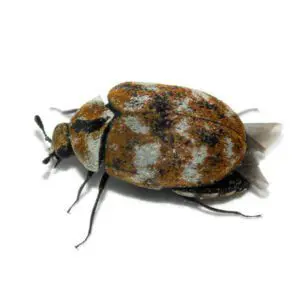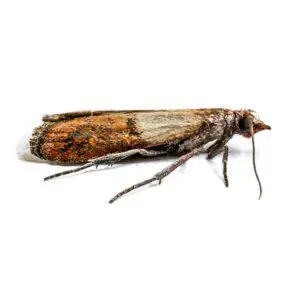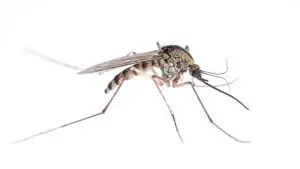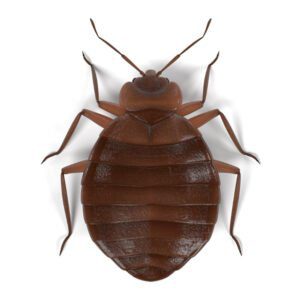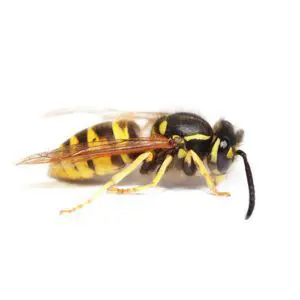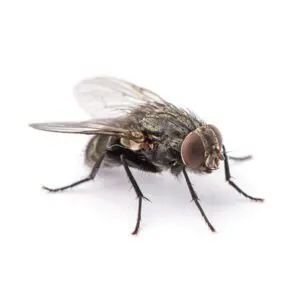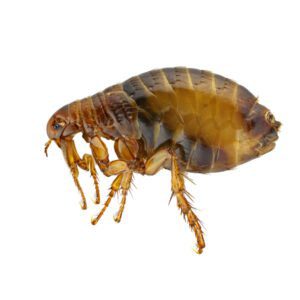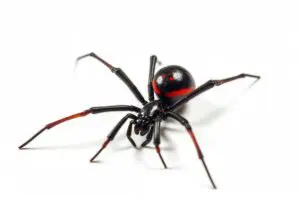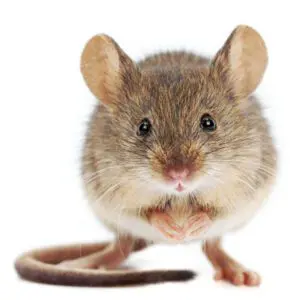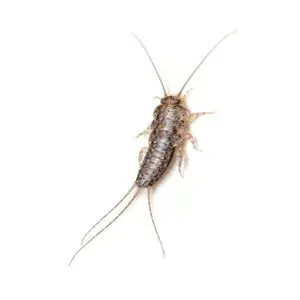Top 10 Household Pests
Our homes are considered our safe spaces, but unfortunately, sometimes our peace and safety are at risk from pests. Whether it’s rats, mice, bed bugs or other pests; dealing with household pests can be a challenge. Here’s a list of the top 10 household pests that might be unwelcome guests in your living space:
- Mice
- Rats
- Birds
- Bed Bugs
- Squirrels
- Wasps
- Cockroaches
- Fleas
- Moths
- Flies
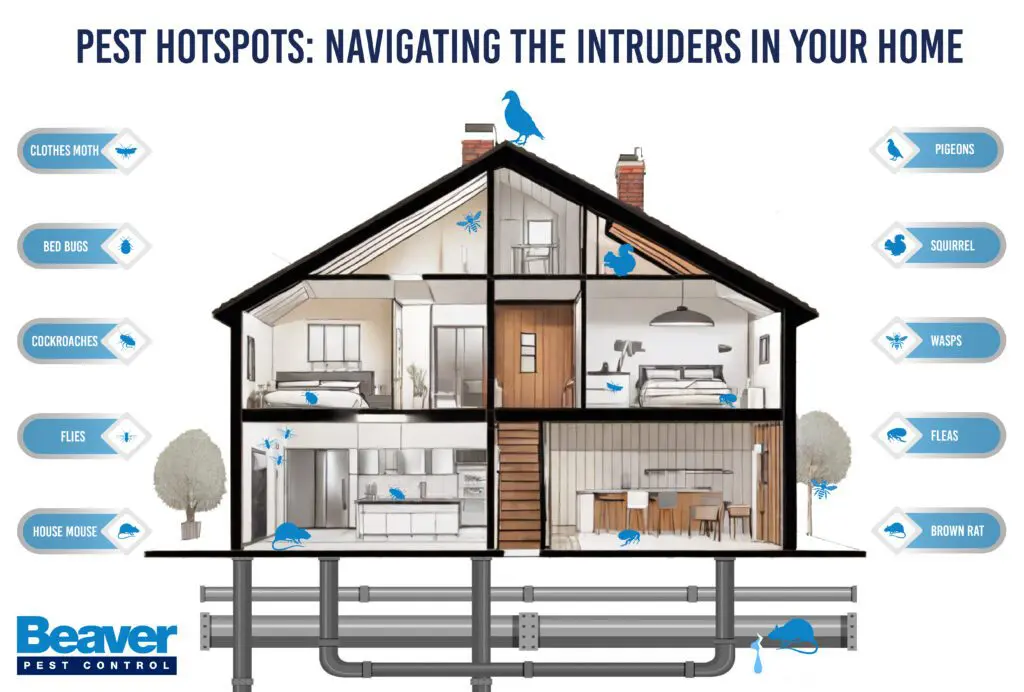
MICE
Mice are common household pests known for their ability to squeeze through tiny gaps, our rule of thumb is that if you can fit a pencil through it a mouse can get through! They can contaminate food, spread diseases, and cause damage by gnawing on various materials.
BED BUGS
Bed bugs are notorious for causing sleepless nights with their bites. These tiny, reddish-brown insects hide in cracks and crevices around beds. Bed bugs are common across the world and increases in travel have allowed bed bugs to spread wide and far.
COCKROACHES
Cockroaches thrive in warm, moist areas and are attracted to food preparation areas. They are often found in kitchens or boiler cupboards. There are two common types of cockroaches in the UK; German Cockroaches and Oriental Cockroaches.
RATS
Rats are larger than mice and pose similar threats to health and property. 90% of rat infestations are linked to drain defects hence the more common name of “sewer rats”. Rats are neophobic (scared of new objects in the environment) making treatment tricky especially if the underlying entry points aren’t found and sealed.
SQUIRRELS
Squirrels can enter homes looking for shelter, especially during colder months. They are known to use overhanging branches to gain access to your roof and make themselves at home in attic spaces. When cornered, squirrels can be aggressive and very destructive.
FLEAS
Fleas often enter your homes from your pets. Cat fleas are the most common flea in the UK but other animals are prone to fleas. Once in our homes, fleas will rapidly multiply by feeding on your pets and you. Fleas will lay larvae in your carpets, bedding and soft furnishings making eradication tricky.
FLIES
Flies are not only annoying but also carry food-poisoning bacteria. There are a number of common fly species in the UK; whether you are dealing with bluebottles, fruit flies or drain flies, it’s important not to ignore the risks associated with them.
URBAN BIRDS
While birds might seem harmless, they can become pests when nesting in under your solar panels or window ledges. Birds can cause health risks when guano (droppings) build-up. Guano can damage your building materials, harbour harmful bacteria and pathogens, and create slip hazards.
WASPS
Wasps can be aggressive and can cause life-threatening stings to those allergic. Wasps will create nests in your garden, wall cavities, attic spaces and even underground. Wasp nests are most active between the summer months; June and August.
MOTHS
Common clothes moths can be tricky to deal with. The moth caterpillars, known as “woolly bears” due to their hairy exterior are what cause the damage to clothes. They will feed on textiles and fabric to grow and are often left unnoticed until damage has been done.
As a homeowner, being proactive in identifying, preventing, and controlling household pests is essential. We would always recommend you seek professional pest control services to deal with rodents and insects effectively. Call us on 020 8355 3443 to get advice or book a professional visit today.



